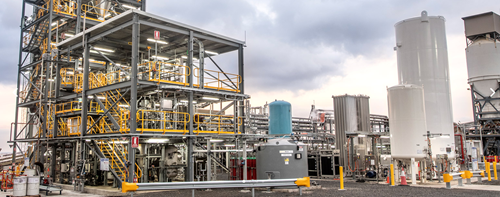News
HESC pilot project begins H2 supply chain operations at Victorian sites

The Hydrogen Energy Supply Chain (HESC) pilot project announced the commencement of operations at both Victorian sites of its world-first integrated supply chain. The HESC pilot is developing a complete hydrogen supply chain, creating hydrogen gas via the gasification of Latrobe Valley coal, transport to the Port of Hastings for liquefaction, and shipment to Japan.
The commencement of the Australian arm of operations, using Latrobe Valley coal to produce hydrogen, is a world first and a great leap forward for the country’s ambition to be a key player in the emerging global hydrogen economy. The HESC pilot is being delivered by a consortium of industry partners from Japan and Australia including Kawasaki Heavy Industries, J-POWER, Iwatani Corporation, Marubeni Corporation, AGL and Sumitomo Corporation, supported by the Victorian, Australian and Japanese governments.
“The next major HESC pilot development will be the first shipment of hydrogen between Australia and Japan, aboard the world’s first purpose-built liquefied hydrogen carrier, the Suiso Frontier. The eyes of the world will be on Victoria, when shipments of liquefied hydrogen commence this year,” said Hirofumi Kawazoe, General Manager at Hydrogen Engineering Australia.
The HESC pilot is proving it is possible to take Latrobe Valley coal and safely produce and transport hydrogen. It is yielding data and insights that feed into the pathway to commercialization.
The Victorian and Commonwealth Governments’ Carbon Net Project is developing in parallel with HESC and is essential for the hydrogen pilot’s commercialization. If both projects are commercialized, CO2 captured during hydrogen production would be transported and stored by Carbon Net using carbon capture and storage (CCS) technology. Rather than entering the atmosphere, CO2 emissions will be safely stored in rocks 1.5 km beneath Bass Strait, similar to the way oil and gas has been trapped naturally for millions of years. A commercial-scale HESC project could produce 225,000 t of clean hydrogen annually with carbon capture and storage.
“We estimate our project could reduce CO2 emissions by 1.8 MMt per year, equivalent to the emissions of some 350,000 petrol cars," said J Power Director Jeremy Stone.

